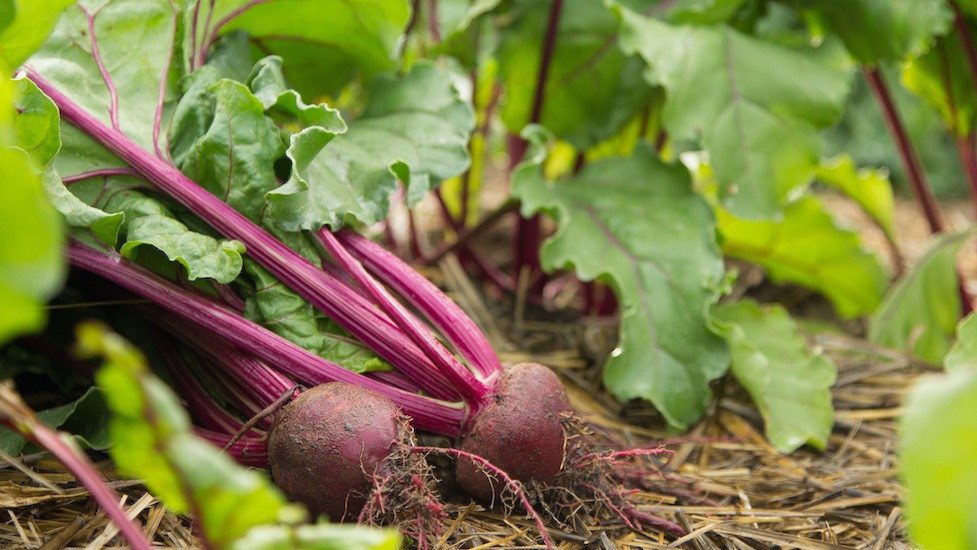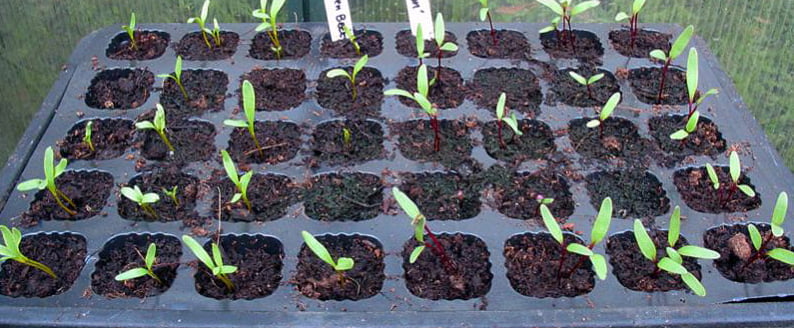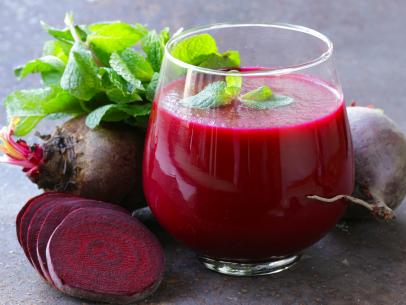How To Grow Beets From Seeds – mygardenchannel
Growing beets from seeds can be easy and very rewarding for the gardener. Beets Beta vulgaris (family: Amaranthaceae) contain many essential vitamins and other beneficial nutrients for maintaining a healthy body.

Some of the beneficial substances within beetroot; dietary fiber, vitamins A, C, B6, thiamine, riboflavin, folate, niacin, iron, potassium, manganese, magnesium, and phosphorus.
Growing beets from seed (Step by Step)
Beets should be planted from seed, directly into the garden. Each beet seed is actually a hard little cluster of 2 to 4 seeds.
It takes several days or even a week for the outer seed coat to soften and allow the seeds inside to germinate. It’s important to keep the soil consistently moist during this period.
Plants should be up in 7 to 14 days. In hot weather, cover seed with sand or light-colored mulch. For continuous supply of beets, make several plantings 3 weeks apart.

Growing Beets in Spring
Growing Beets. Beets are adapted to grow in cool temperatures, making them a perfect vegetable to plant both in spring and late summer.
They thrive when the days are warm (60 to 70 degrees) and nights cool (50 to 60 degrees). They may go to seed if temperatures drop below 50 degrees for an extended period.
Growing Beets Indoors
Beet seeds may be started indoors under grow lights for a jump on the growing season, or you can set out containers outdoors.
The ideal germination temperature for beets is between 60 and 85 degrees, so keep that in mind if planning to start beet seeds outside.
Planting Seeds Directions
- Choose your variety of beet seeds and follow the instructions provided on the label. If you have no label follow the below directions
- Sow seeds ½-inch deep and 1 to 2 inches apart in rows that are about 1 foot apart.

3. After sowing, cover the seeds with a thin layer of soil. Each wrinkled beet “seed” is actually a cluster of 2 to 4 seeds.
4. Thin the young plants to 3 to 4 inches apart once the greens get to be about 4 inches tall. At this height if the weather is good you can start to transplant the beet seedlings into the ground.
Ground Prep Garden Bed
Beets grow best in soil that is well-drained and contains little to no rocks. A spot that receives full sun is optimal.
Make sure that the spot you pick will allow for roots to penetrate the ground up to 10”. Beets require greater depth in order to grow a long, healthy taproot.
Add compost and plenty of organic material to soil to ensure that beets will have plenty of nutrients to uptake once the seeds sprout. Phosphorus fertilizer may also be added along rows to enhance root growth.
Beet Seedling Trays
Seeds will sprout in 5-17 days. Thin sprouts as they come up to space mature plants 3-5” a part. Give beets deep watering two times a week.
This will encourage the beet roots to grow longer and larger when reaching for moisture deeper in the soil.

Harvesting Beets
Beet greens mature in about 35 days, where as their roots mature in 50-80 days.
Greens can be harvested by pruning leaves with shears.
This will allow for a cut-and-come-again harvest.
Quick Overview of Planting Beets
Difficulty
Easy
Season & Zone
Season: Cool Season Biennial
Exposure: Full-sun or partial-shade
Zone: Hardy to Zone 5
Timing
Direct sow beet seeds 4 weeks after last frost to mid-summer. Beets will not produce roots if planted when the soil is too cold. Seeds will germinate in 5-12 days, depending on soil temperature. Optimal soil temperature: 10-26°C (50-80°F).
Starting
Sow 1cm (½”) deep, 5-10cm (2-4″) apart in rows 30-45cm (12-18″) apart.
Days to Maturity
From direct sowing.
Growing
Ideal pH: 6.0-6.8. For uniformly sized beets from seeds, thin carefully to 7-15cm (3-6″) apart when seedlings are 5cm (2″) tall. Eat any thinned plants, roots and all. root size is controlled by spacing and variety.
Harvest
Harvest at any size, but for the best flavor, pull the beets as soon as they have reached full-size. Eat the greens too. Store in the ground, or in moist peat or sand just above freezing.

Seed Info
In optimum conditions at least 75% of beet seeds will germinate. Usual seed life: 3 years. Per 100′ row: 600-1M seeds, per acre: 436M seeds.
Diseases & Pests
If beets have black cankers in the roots, soil may need more boron. Dissolve 1 tablespoon of borax to 4L (8½ US pints) of water, and spread evenly over 9m² (100 sq ft) of soil. Do not over apply at a heavier rate. Circular lesions with a purple halo on the leaf is cercospera leaf spot. Prevent by strict crop rotation and sanitation. Leaf miner maggots cause blistered grey tunnels in leaves. Just squish them inside the leaf. Floating row cover carefully applied after planting will prevent the leaf miner fly from laying its eggs.
Companion Planting
Beets add minerals to the soil. The greens are very good for the compost. Plant with bush beans, Brassicas, corn, garlic, kohlrabi, leeks, lettuce, and mint. Add cut mint leaves as a mulch for beets. Avoid planting beets near pole beans, as the nitrogen fixed by the beans may encourage leafy beet growth and diminished root development.
Beet Detox Recipe (5 min prep)

This juicing recipe makes vibrant and refreshing beet juice with apple, lemon, carrot, and ginger. It’s a “detox juice” that’s loaded with antioxidants, vitamins and minerals.
- 1 red beet
- 1-2 green apples, cored
- 1 lemon, peeled
- 1-inch fresh ginger, peeled
- 3 medium carrots
INSTRUCTIONS
- Remove the beet greens and save for another use (if it came with greens). If your beet is not organic, or you are sensitive to Earthy beet flavor, peel the beet with a vegetable peeler, otherwise there’s no need to peel.
- Add all ingredients to the feed tube of your juicer. You may have to add in batches.
- Follow the manufacturer’s instructions for juicing the ingredients into a glass.